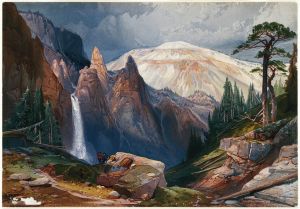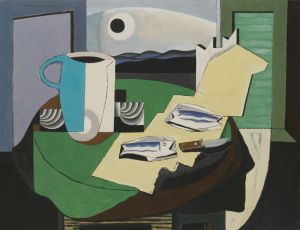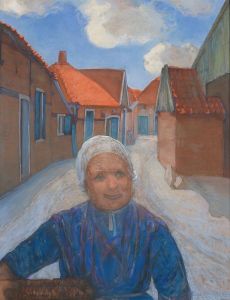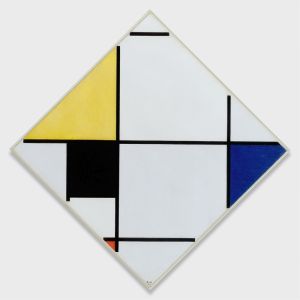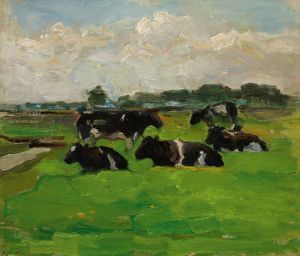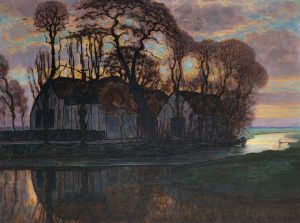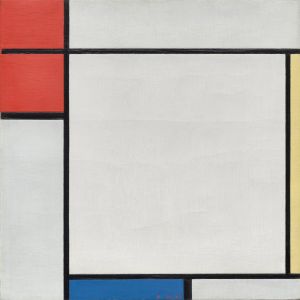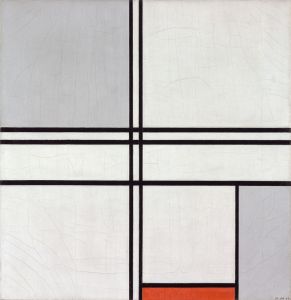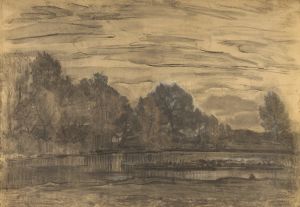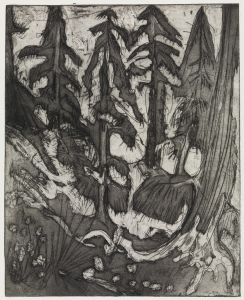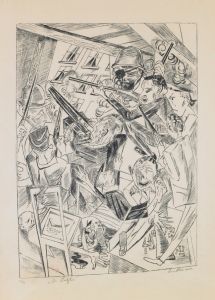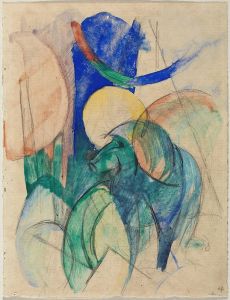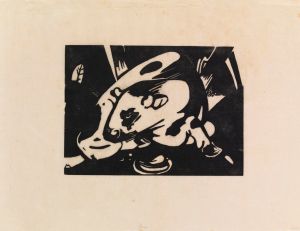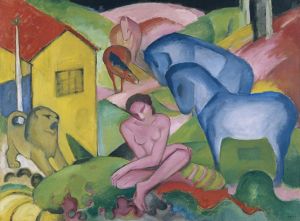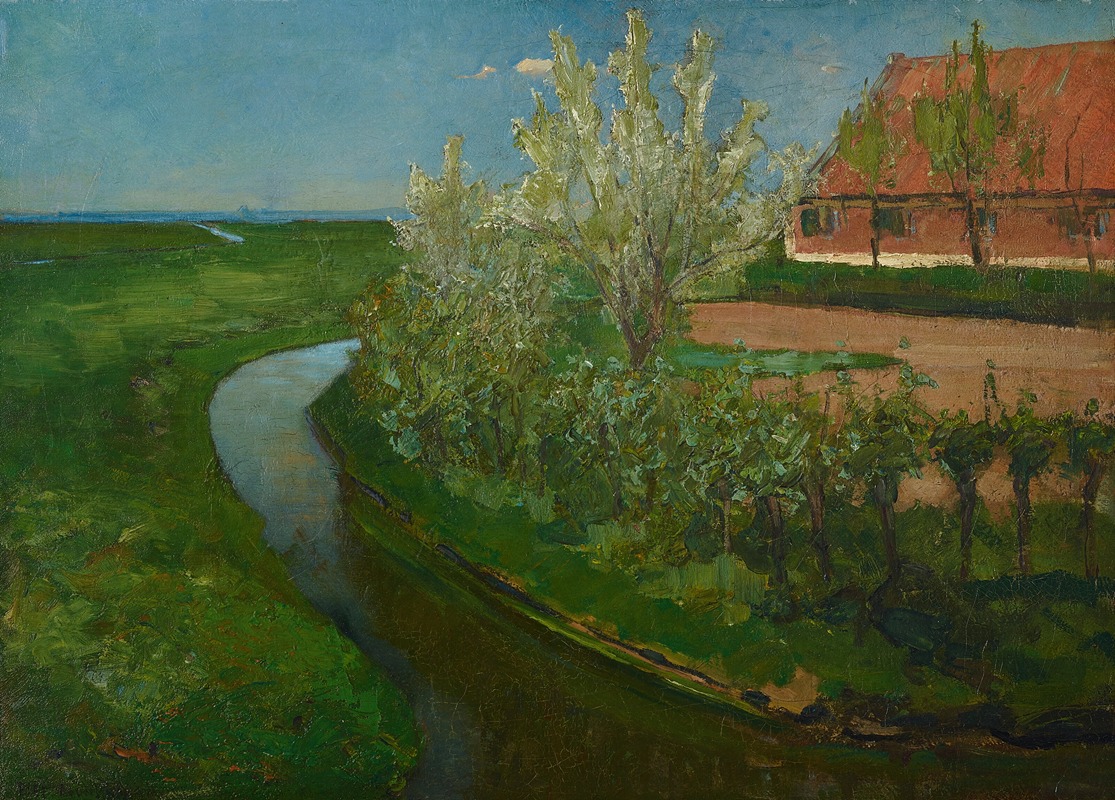
Gebogen irrigatiegracht grenzend aan boerenerf met Bloeiende bomen
A hand-painted replica of Piet Mondrian’s masterpiece Gebogen irrigatiegracht grenzend aan boerenerf met Bloeiende bomen, meticulously crafted by professional artists to capture the true essence of the original. Each piece is created with museum-quality canvas and rare mineral pigments, carefully painted by experienced artists with delicate brushstrokes and rich, layered colors to perfectly recreate the texture of the original artwork. Unlike machine-printed reproductions, this hand-painted version brings the painting to life, infused with the artist’s emotions and skill in every stroke. Whether for personal collection or home decoration, it instantly elevates the artistic atmosphere of any space.
Piet Mondrian, a Dutch painter known for his significant contributions to the De Stijl art movement, created a variety of works throughout his career that showcased his evolving style and artistic philosophy. One of his lesser-known works is "Gebogen irrigatiegracht grenzend aan boerenerf met Bloeiende bomen," which translates to "Curved Irrigation Ditch Bordering a Farmyard with Blooming Trees." This painting reflects Mondrian's early style before he fully embraced the abstract, geometric compositions for which he later became famous.
Mondrian was born on March 7, 1872, in Amersfoort, Netherlands. His early works were heavily influenced by the Dutch landscape and the natural environment, often depicting scenes of rural life with a focus on trees, farms, and waterways. These early paintings are characterized by their representational style and use of color to capture the essence of the Dutch countryside.
"Gebogen irrigatiegracht grenzend aan boerenerf met Bloeiende bomen" is an example of Mondrian's work during this period. The painting likely dates from the early 20th century, a time when Mondrian was exploring various artistic styles and techniques. In this work, Mondrian captures a serene rural scene, focusing on the interplay between the natural landscape and human intervention, as represented by the irrigation ditch.
The composition of the painting is notable for its use of curved lines and organic forms, which contrast with the rigid, straight lines that would later dominate Mondrian's abstract works. The blooming trees in the painting add a sense of vitality and color, highlighting Mondrian's interest in the natural world and his ability to convey its beauty through his art.
Mondrian's early works, including this painting, show the influence of the Hague School and the Amsterdam Impressionists, who emphasized the depiction of light and atmosphere in their landscapes. These influences are evident in Mondrian's use of color and light to create a sense of depth and movement within the scene.
As Mondrian's career progressed, he moved away from representational art and began to develop his distinctive style, characterized by the use of primary colors, black lines, and white spaces. This evolution was influenced by his interest in theosophy and his desire to express a universal aesthetic through abstraction. However, his early works, such as "Gebogen irrigatiegracht grenzend aan boerenerf met Bloeiende bomen," remain important for understanding the development of his artistic vision and the foundations of his later, more abstract compositions.
Today, Mondrian is celebrated as one of the pioneers of abstract art, and his works are held in high regard by art historians and enthusiasts alike. While "Gebogen irrigatiegracht grenzend aan boerenerf met Bloeiende bomen" may not be as widely recognized as his later abstract pieces, it offers valuable insight into the early stages of Mondrian's artistic journey and his enduring connection to the natural world.





